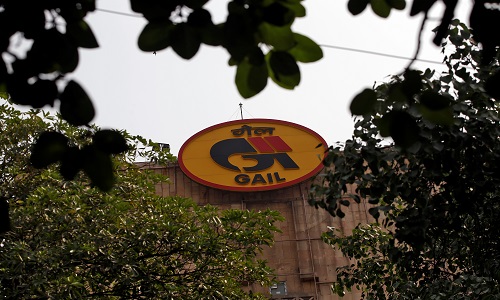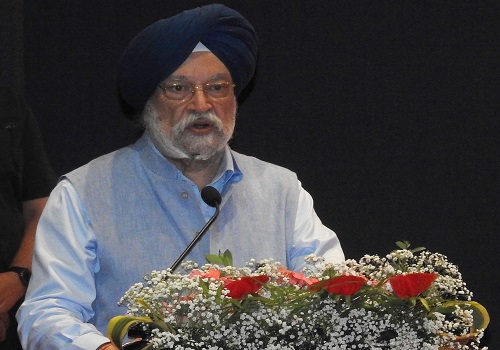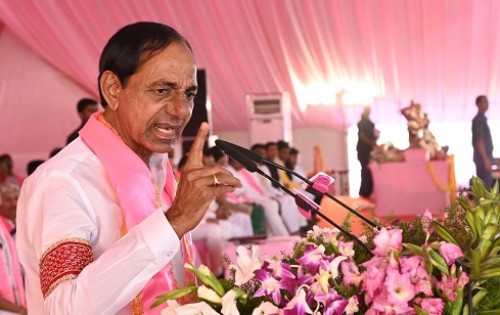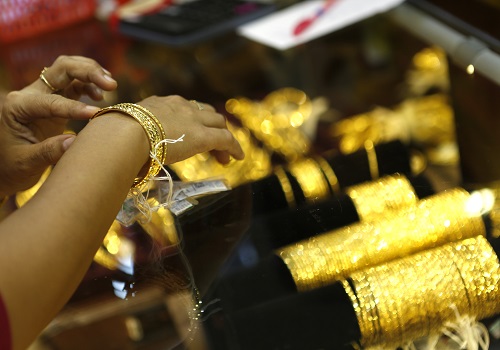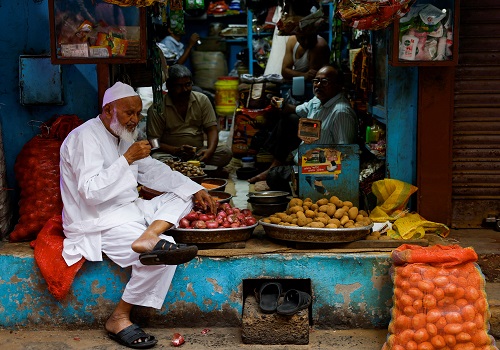The government announces fiscal measures to control inflation
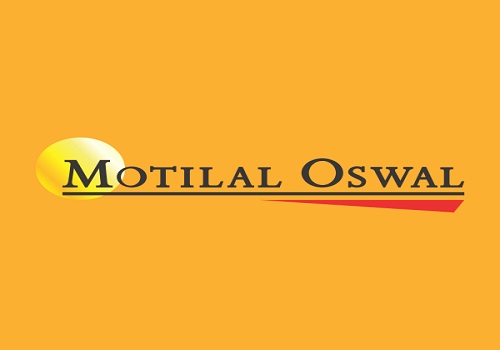
Follow us Now on Telegram ! Get daily 10 - 12 important updates on Business, Finance and Investment. Join our Telegram Channel
The government announces fiscal measures to control inflation
Fiscal deficit may exceed the budgeted figure by 0.5% of GDP
* In a bid to control inflation, which touched a multi-year high of 7.8% YoY in Apr’22, the Finance Minister announced six measures on 21st May’22. These measures include: 1) the much-awaited cut in excise duty on auto fuel, 2) additional allocation on fertilizer subsidy, 3) provision of extra gas cylinders, and 4) reduction in custom duty on raw materials for plastics, iron, and steel.
* The government has reduced excise duty on petrol/diesel by INR8/INR6 per liter, taking the excise duty to INR20/INR15.8 from INR28/INR21.8 per liter. However, the excise duties are still way higher than INR9.5/INR3.6 per liter on petrol/diesel in CY14. More often than not, the burden of higher excise duty is borne by consumers and this reduction will come as a welcome relief.
* The estimated excise duty collection in FY23BE is INR3.35t, a 15% decline over the INR3.94t in FY22RE. The government has estimated revenue foregone at INR1t as a result of this reduction over FY23, implying ~INR850b in the coming 10 months, which is the likely revenue foregone by the government on this front.
* Global fertilizer prices rose 119% YoY in Apr’22, with a growth ~115% YoY on an average in the past eight months. Such an exponential rise was last seen over May-Oct’08. In order to lessen the burden of higher international prices on farmers, the government will allocate an additional fertilizer subsidy to the tune of INR1.1t, over and above the already allocated INR1.05t in Union Budget FY23. This was the second welcome move.
* The third measure was to provide households (over 90m beneficiaries of Pradhan Mantri Ujjala Yojana) with an additional subsidy worth INR200/gas cylinder (up to 12 cylinders). The government is likely to incur INR61b on account of this measure.
* The fourth measure was a reduction in customs duty on raw materials and intermediaries for plastics and plastic products. ‘Plastics and articles’ constituted 2.4% of India’s total imports in FY22 and stood at 2.7% on an average over the past five years (FY18-22). There was a brief two-year period (FY16-17) when it constituted 3% of total imports. It was sub-2% in the 10 years preceding that. Although import dependence has come off in recent years, it is still high compared to historical levels. Moreover, the trade deficit in ‘plastics and articles’ increased to USD7.3b in FY22, higher than the USD4.3b/USD6.4b in FY21/FY20. This was largely on account of the 13.5% YoY (seven-year high) growth in the imported volume of ‘plastics and articles’ vis-à-vis the 3.5% YoY contraction (third year of decline) in exported volume.
* Similarly, the government announced it will calibrate custom duty on raw materials for iron and steel products by reducing import duty on some steel products and levying export duty on some. ‘Iron and steel’ is one product category where India has been running a trade surplus since the past two years. In FY22/FY21, the trade surplus stood at USD10.3b/USD3.8b. India’s import dependence on ‘iron and steel’ has come off over the years and stands at only 2.1% of total imports in FY22 from 2.8-3.6% over FY06-16. In fact, India’s ‘iron and steel’ exports constituted 5.5% of total exports in FY22 – the highest at least since FY04.
* In our Mar’22 economic outlook, we had estimated an over achievement of INR1.5t-2t in Central government receipts. We now peg that overachievement at INR500b on account of: a) the cut in the excise duty, b) smaller RBI dividend, and c) lower disinvestment receipts. Moreover, the government has announced an additional expenditure of INR1.96t (0.8% of estimated nominal GDP) in FY23 so far. Assuming all other expenditures are kept constant, fiscal deficit may be ~INR18.1t (6.9% of nominal GDP, assuming 11.3% YoY growth in FY23).
* We reiterate that imported inflation is the primary reason for the high inflation in India and is largely supply-led. Consequently, an aggressive rate hike by the Monetary Policy Committee (MPC) to reduce inflation in India will be less effective. Fiscal announcements made by the Finance Ministry are, therefore, very welcome and is likely be more effective in reducing inflation. We continue to believe that CPI inflation in India will retreat gradually back to ~6.5%/~6% by CY22/FY23-end. An aggressive rate hike in such a trajectory is not necessary.
To Read Complete Report & Disclaimer Click Here
For More Motilal Oswal Securities Ltd Disclaimer http://www.motilaloswal.com/MOSLdisclaimer/disclaimer.html SEBI Registration number is INH000000412
Above views are of the author and not of the website kindly read disclaimer
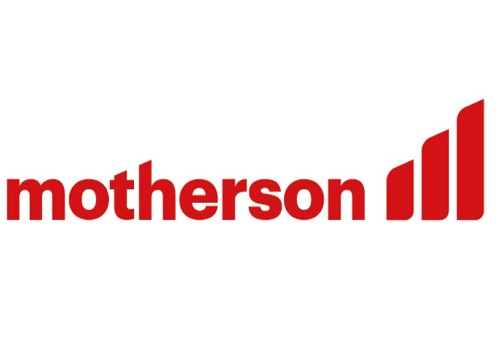

.jpg)
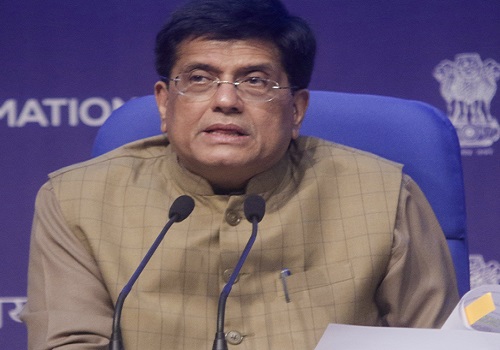
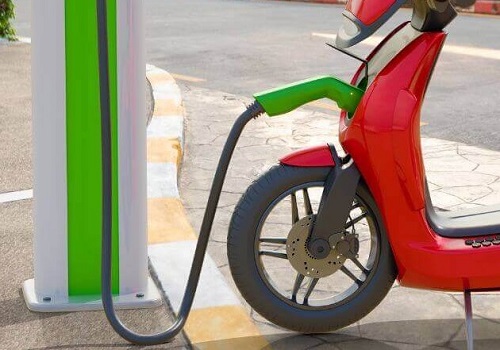

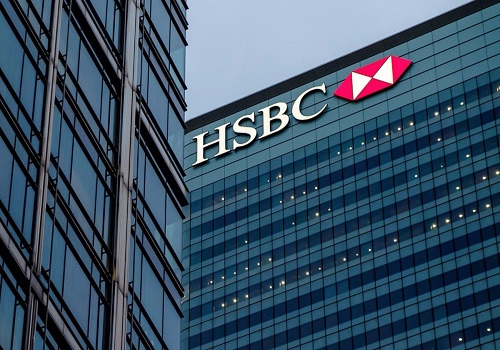
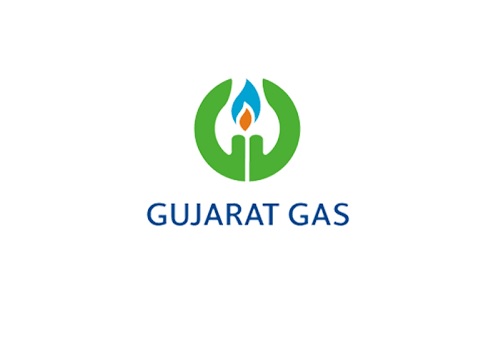


Tag News

Monthly Debt Market Update, September 2023: CareEdge Ratings






